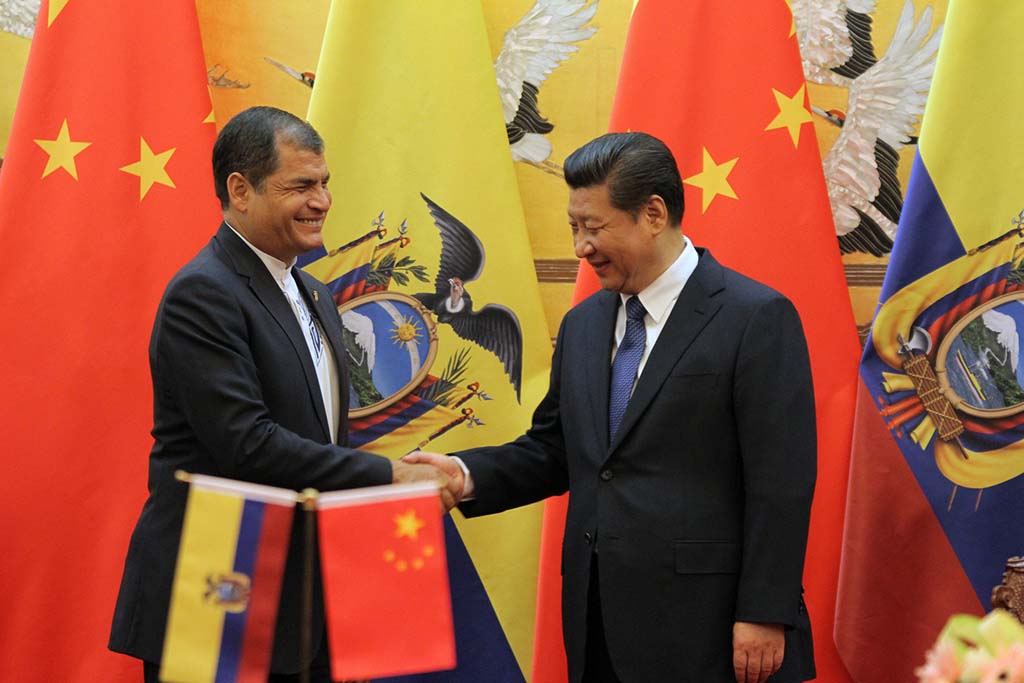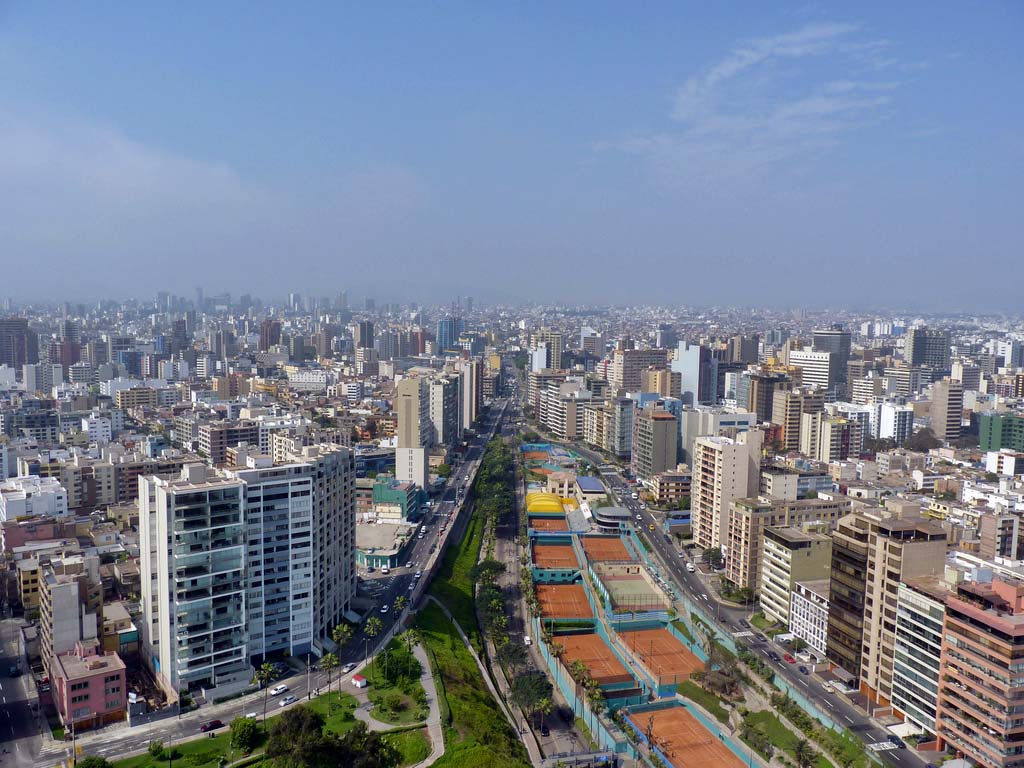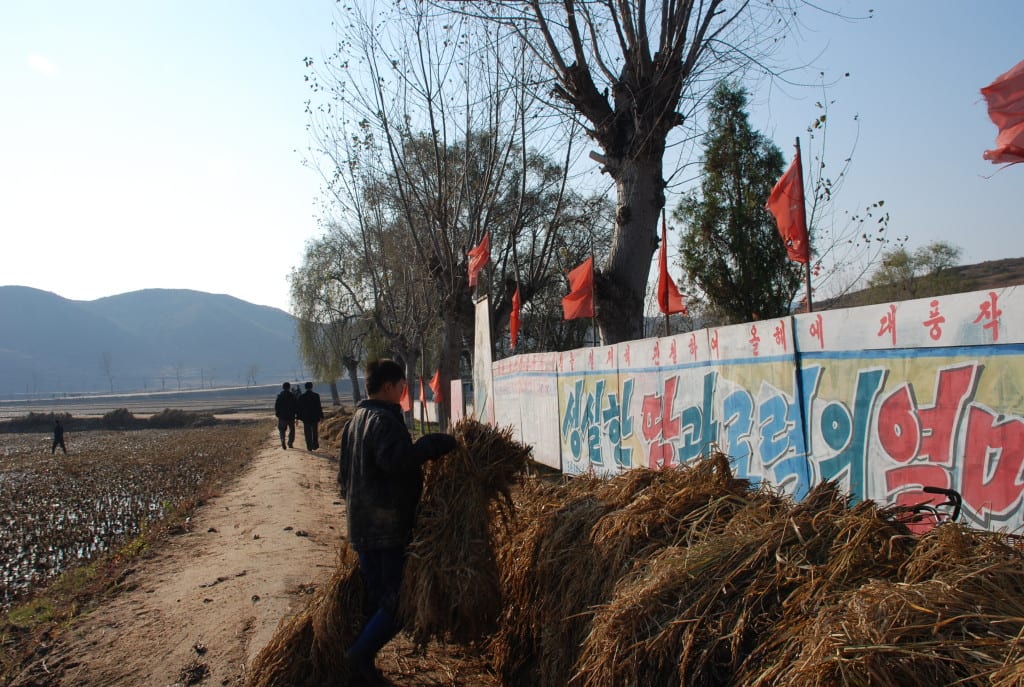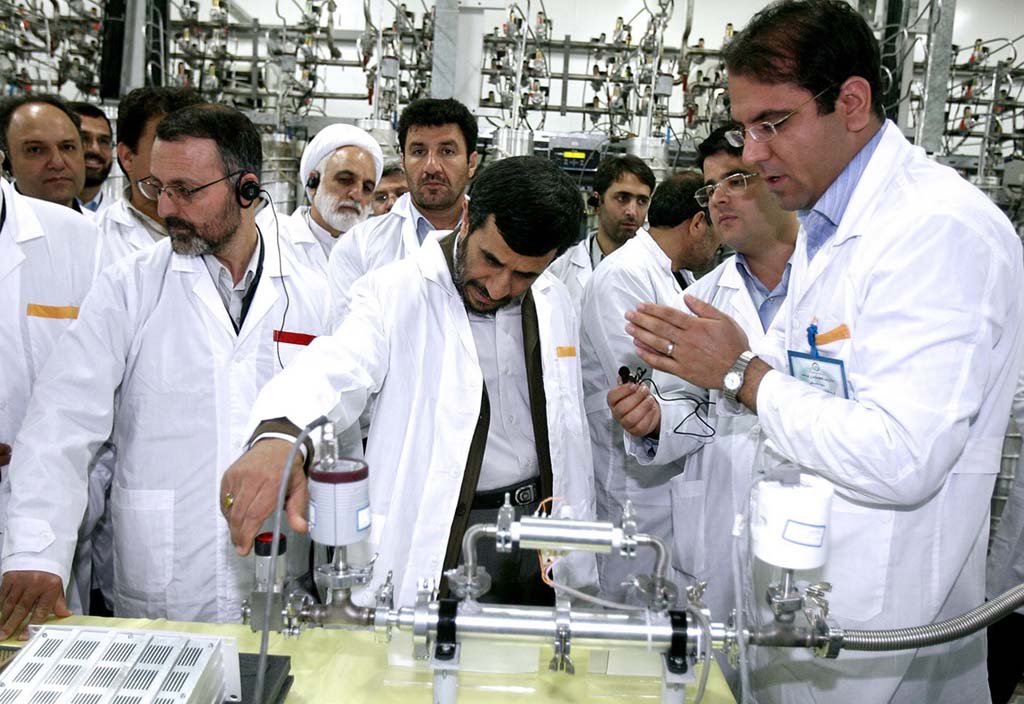The growing importance of developing countries’ national oil companies to the global supply-demand balance raises questions about the emerging policies of association, objectives and regulations of these organisations. In particular, shifts in those policies will have a great impact on the future development of global oil and gas markets, not to mention the socioeconomic development of the companies’ host countries.
National oil companies are expected to control a greater proportion of future oil and gas supplies over the next two decades, as these commodities in the mature producing regions of the OECD countries continue to show natural decline of supply. The International Energy Agency projects that most of the new hydrocarbons supply will come from the developing world in the next 20 years. Latin American countries will play a pivotal role in this transition, as the region possesses more than 20% of the world’s known reserves (Ortiz, 2011). Along these lines, Brazil, Colombia and recently Mexico have embarked on major restructuring of their energy sectors.
In the early 2000s, the Colombian oil industry was waning: its production started to decline due to a lack of major new discoveries and output fell considerably from 1999 to 2004 (CAEAG, 2010, p. 6). The Colombian government remained dependent on its national oil company, Ecopetrol. In 2003 however, Colombian President Alvaro Uribe initiated a process of liberalisation and privatisation of the industry, and by 2006, his government created a mixed-system public company (CAEAG, 2010, p. 6). These reforms were modelled in part after a set of reforms that had begun in Brazil during the late 1990s that opened up the energy sector to private capital and participation of international companies while the state maintained partial control of Petrobras (Fuentes & Rico, 2014, p. 33).
Before 2013, Mexico’s oil industry stood in a similar state of decline like that of Colombia prior to liberalisation. The model of production in Mexico lost its effectiveness in terms of its regulatory and organisational structures. Moreover, the model was unable to meet international and even national expectations of supply and performance due to a lack of technology. Once considered as one of the top ten crude oil producers in the world with the highest output of 3.5 million barrels per day (bpd) in 2004 (Baker Institute, 2011), Mexico’s recent production of less than 2.5 million bpd (Sen & Upadhyaya, 2014, p. 3) triggered a series of political debates concerning the future of energy security and the imperativeness to restructure the industry.
As in Colombia, the problem in Mexico did not lie in a lack of resources, but rather in the lack of capital and regulation. The roots that bind the Mexican oil company Petroleos Mexicanos (PEMEX) and the country’s government run even deeper than those that once bound Ecopetrol and the Colombian government. PEMEX was traditionally not only the most important company in Mexico as it used to pay approximately 40% of the state budget through taxes (CAEAG, 2014, p. 9), but also was involved in the three most important activities of the national oil industry: policy making, regulation, and operation of resource exploitation.
However, with the 2013 energy reform, foundational transformations were designed to be implemented in the Mexican hydrocarbons sector. According to the country’s Ministry of Energy, policy makers formulated the latest energy reform based on the institutional design of the Colombian and Brazilian energy sectors, whose reforms resulted in annual growth rates in oil production of 6.4% in Colombia and 6.3% in Brazil respectively (Leon et al., 2014, p. 6). The Mexican energy reform would not only help restore the country’s ailing hydrocarbons sector, but improve its competitiveness in the global markets, develop new infrastructure, and even improve welfare delivery for Mexicans as public sector revenues are supposed to increase.
Other reasons that have motivated changes in the Mexican energy sector include the need to restructure the role of the state after 77 years of the inefficient, monopolised industry and encourage public-private partnerships in areas of exploration and production. The Ministry of Finance will no longer control Pemex’s budget and the Administrative Board will be reduced to 10 members (Mexico’s Energy Reform, 2014, p. 17). Even though Pemex will change from a decentralized public entity to a state productive company, it will continue to play a strategically important role in the Mexican economy and for the public sector. It is projected that the first hydrocarbons production, under the new Mexican law, will begin in a time-frame of 10 years, and therefore policy makers are expecting the Ministry of Energy and the regulatory agencies to experience a learning curve during this initial period (Bueno, 2014).
The new statute in Mexico has the potential to open immense new investment opportunities for foreign and national companies, although the first tender in the bidding process of oil fields in the Gulf of Mexico deep waters, known as “Round One” in July of this year, was not so successful. However, challenges go well beyond the more limited priority of attracting direct foreign investment to the sector. The Mexican energy reform promotes privatisation, deregulation, and market strategies to deliver services — once a state-exclusive realm —, yet it also advocates for protectionism and preferentialism for PEMEX in bidding. It decries government intervention yet still operates through political influence. It claims that its central goal is to increase national control over the unexplored oil and gas resources, yet it will coordinate complex alliances with private oil multinationals, banks and international agreements of supply with other countries. Hence, the success of this venture is in part dependent on improved regulation and accountability within the Mexican energy industry.
The participation of other actors in the administration and implementation of policies in the sector suggests the ‘the hollowing out state’, characterised by the breakdown of bureaucracies and the increasing competition among bidding companies. As a result, this leadership renovation of the public implies more governance and less government, among other things. Some critics would define it as the greatest detachment from politics, or a fragmentation of political authority, where the state’s capacities are being reduced as well due to a displacement of power. The state’s power will slowly move towards multinational economic agencies and private organizations, where the markets are prone to set the rules of the game.
The introduction of pro-market energy reforms in Mexico, Brazil, and Colombia implies a shift from vertical hierarchies, as the principal method of controlling state-owned companies, to collaborative arrangements. Closer cooperation between public and private sectors produces both strengths and weaknesses in the management and flow of information. On the one hand, partnerships assume that through a more intensive collaboration between public and private sectors in sharing risks, costs and profits, better and more efficient outcomes can be realised for the state. On the other hand, collaboration may cause a lack of both accountability and enforcement, in which the flow of information between actors of the energy sector and citizens becomes obfuscated and thus circumscribed.
Having said that, regulation and accountability remain as major challenges in the area of liberalised energy sectors. It is noteworthy that in the midst of the liberalisation of government operations, there is an inclination to increase and strengthen public accountability mechanisms. Therefore, the Mexican state should fund and empower the energy sector regulators accordingly to the size of this promising venture, learn from international experience and keep up with markets dynamics, thus avoiding what might become just a costly experiment.
Bibliography
Bueno, J. (2014). Companies are coming to get profits but we will stop them: Bueno Torio (Interview in Spanish). Aristiegui News. Retrieved September 9, 2014, from https://www.youtube.com/watch?v=s9x6DoHoduM.
Ortiz, G. (2011). Latin America Holds One Fifth of World’s Oil. Inter Press News Agency. Retrieved April 16, 2015, from http://www.ipsnews.net/2011/07/latin-america-has-one-fifth-of-global-oil-reserves/
CAEAG. (2010). Colombia’s Energy Renaissance. Americas Society/Council of the Americas Energy Action Group. Retrieved March 20, 2015, from http://www.as-coa.org/sites/default/files/ColombiasEnergyRenaissance.pdf
Manzano, O., & Monaldi, F. (2008). The Political Economy of Oil Production in Latin America. Economia, 9(1), 59-98.
Baker Institute. (2011). Mexico Could Become Oil Importer by 2020. Oil & Gas Journal. Baker Institute Policy Report. Retrieved March 1, 2015, from http://www.ogj.com/articles/print/volume-109/issue-20/general-Interest/baker-institute-mexico-could-become-oil-importer.html
Sen, A., & Upadhyaya, S. (2014). Awaiting the Mexican Wave: Challenges to energy reforms and raising oil output. The Oxford Institute for Energy Studies. Retrieved June 30, 2015, from http://www.oxfordenergy.org/2014/06/awaiting-the-mexican-wave-challenges-to-energy-reforms-and-raising-oil-output/
CAEAG. (2014). Mexico: An opening for Energy Reform. Council of the Americas Energy Action Group. Americas Society/Council of the Americas Energy Action Group. Retrieved March 20, 2015, from http://www.as-coa.org/sites/default/files/MexicoEnergyReport2014.pdf
Fuentes, R., & Rico, D. (2008). Oil in Mexico: Pozo de Pasiones. The Energy Reform in Mexico Debate. Wilson Centre Mexico Institute. Retrieved January 20, 2015, from http://www.wilsoncenter.org/publication/oil-mexico-pozo-de-pasiones
SENER. (2014). Round Zero. Secretaría de Energía. Mexico’s Ministry of Energy. Retrieved August 24, 2015, from http://sener.gob.mx/webSener/rondacero/_doc/Round%20Zero.pdf
Leon, E., Martén, I., Livas, R., & Mereles, M. (2014). The Promise of Mexico’s Energy Reform. The Boston Consulting Group. Retrieved December 24, 2014, from http://structura.com.mx/-/downloads/ThePromiseofMexicosEnergyReforms.pdf.
Villiers, D. (2014). Mexico’s Energy Reforms Become Law. Brookings. Retrieved February 15, 2015, from http://www.brookings.edu/research/articles/2014/08/14-mexico-energy-law-negroponte#_ftn2
Rhodes, R.A.W. (1994). The Hollowing Out of the State: The Changing Nature of Public Service in Britain. The Political Quarterly, 65(2), 138-151.
BBC News. (2015). Petrobras corruption costs hit $2bn. BBC. Retrieved April 20, 2015, from http://www.bbc.com/news/business-32422875
O&GJ. (2015). Three blocks awarded in Mexico’s Round One second tender. Oil & Gas Journal. Retrieved October 25, 2015, from http://www.ogj.com/articles/2015/09/three-blocks-awarded-in-mexico-s-round-1-second-tender.html












